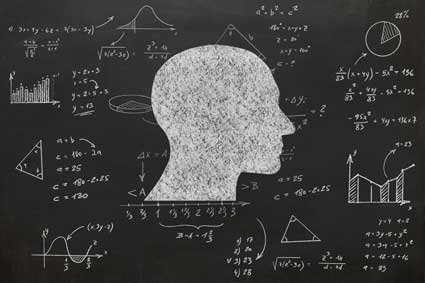?
In essence, magnetic fields are the product of electric currents. Thereby, they exert a force (pressure) upon the electrons.
In physics, electromagnetism is the name that has been assigned to the body of study that encapsulates the research, observation, and experimentation of forces exerted in space, along with the varying properties associated with current charges.
A. Electromagnetic. Magnetic Fields of Electric Current
In contrast with electric fields which are produced from the presence of electrically charged particles that form electric forces, magnetic fields are produced by the motion of electric charges, that is, electric current. A magnetic field produces a magnetic force akin to the pull that everyday magnets possess.
As a whole, the term electromagnetism is used to designate the interdependent relationship that exists between the electric and magnetic fields. And, as such, many consider them as one single cohesive unit.
B. Electromagnetism. Applications and Origination
With the single exception of gravity, all the forces involved in the interactions among atoms can be traced back to the electromagnetic force that acted upon the electrically charged protons and electrons contained in the individual atoms. Essentially, electromagnetism encapsulates all activities involving intermolecular forces in our bodies and those objects outside of ourselves. It also includes all types of chemical phenomena which are the result of interactions among electron orbitals.
Developed by a series of physicists over the course of the 19th century, the theory of classical electromagnetism obeys a set of equations referred to as Maxwell's Equations, while the electromagnetic force is the product of the Lorentz Force Law.
C. Lorentz Force Law
As stipulated under the Lorentz Force Law, the magnetic field (B) is defined in terms of the amount of force it has upon a moving charge. Magnetic field sources are essentially dipolar (two poles of equal magnitude) in nature.
Because a magnetic field contains energy and physical systems stabilize into the structural pockets containing the lowest amounts of energy, when placed in a magnetic field, a magnetic dipole tends to align itself in the portion of the field that is comprised primarily of opposing polarity. This natural progression both cancels the net field strength as much as possible while also decreasing the amount of stored energy.
As an outcropping of Lorentz's Force Law, the following statements are known to be true:
1) The force is perpendicular to both the velocity (v) of the charge (q) and the magnetic field (B).
3) The force relationship illustrated above is in the form of a vector product, meaning it carries important information about direction and magnitude.
4) From the force relationship above it can be deduced that the units of magnetic field are (newton-seconds)/(Coulomb-meter) or newtons per ampere-meter.
This unit is named the Tesla. It is a large unit, and the smaller unit Gauss is used for small fields like the Earth's magnetic field. A Tesla is the equivalent of 10,000 Gauss. The Earth's magnetic field is the equivalent of approximately half a Gauss.
D. Flow of Magnetic Charges
By studying magnetic charges using a microscope we can observe their method of flowing in a homogeneous magnetic field either with or against the direction of the lines of force (defined in the previous chapter).
Because of their visibility and directional ability, we need to observe them from both a physical and a technical standpoint. Surrounding a magnetic current there is an electric field. A magnetic current produces heat in a medium that conducts magnetism.
Because the way in which magnetic fields are created by moving electric charges, specifically the currents which produce the fields, proves to be somewhat more complicated than the electric charge-electric field condition, our discussion of the magnetic effects on currents will primarily serve the purpose of offering you an appreciation for the mutually beneficial properties of nature.
The same conditions that cause electric charges to produce fields require that the fields need to exert forces on moving electric charges; electric charges need to form and allow themselves to be acted upon by fields.
In the magnetic field-electric current relationship, where "X" is the velocity of charge "X", the X factor then becomes what is known as a "cross product." Hence, this is a vector operation in which the magnitude of the magnetic force is equal to X and its direction is perpendicular to both X and Y (hence, the Z axis).
To further understand how the nature of reciprocity can be applied to magnetism and physics operations, we may want to learn a bit more about Coulomb's Law which states the following:
"The magnitude of the electrostatic force between two point charges is directly proportional to the magnitudes of each charge and inversely proportional to the square of the distance between the charges."
Coulomb's Law corresponds to Newton's Third Law of Motion in mechanics. It is also called Newton's Gravitational Law, which states: The electrical force of one body exerted on the second body is equal to the force exerted by the second body on the first (equal and opposite)
However, Coulomb's Law may only be applied in situations where the objects are stationary. Furthermore, it will only be accurate when used to calculate slow movement. Collectively, these conditions (stationary objects and the gauging of slow movement) are known as "electrostatic approximation."



























